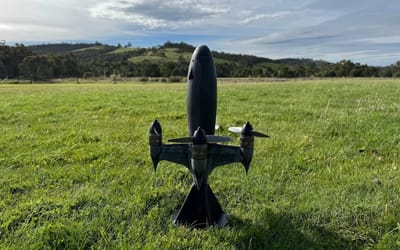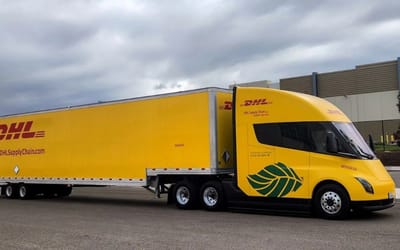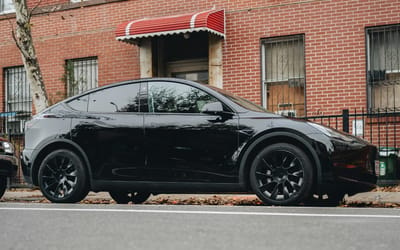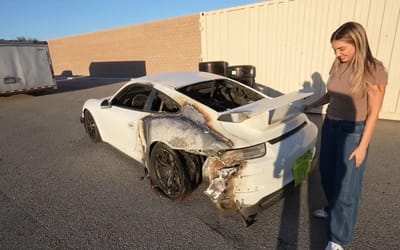Ford’s wild nuclear concept car envisioned a future with 1,000s of miles of range on a single fuel load
Published on Jul 27, 2025 at 3:32 AM (UTC+4)
by Jason Fan
Last updated on Jul 24, 2025 at 3:18 PM (UTC+4)
Edited by
Tom Wood
In the 1950s, Ford developed a nuclear concept car that imagined a future where drivers could go thousands of miles on a single tank of fuel, powered by atomic energy.
The idea was called the Ford Nucleon, and though it never made it past the model stage, it captured the Cold War-era obsession with all things nuclear.
At the time, nuclear-powered aircraft and spaceships weren’t just science fiction; they were part of serious engineering discussions.
Ford simply extended that thinking to the automobile.
VISIT SBX CARS – View live supercar auctions powered by Supercar Blondie
The nuclear concept car was not feasible
The Nucleon concept debuted in 1957 and was designed under the supervision of Ford’s Vice President of Styling, George W. Walker, with styling work led by designer Jim Powers.
Drawing visual cues from other Ford models of the era, like the Thunderbird and Fairlane, the Nucleon placed a small nuclear reactor at the rear of a futuristic-looking chassis.
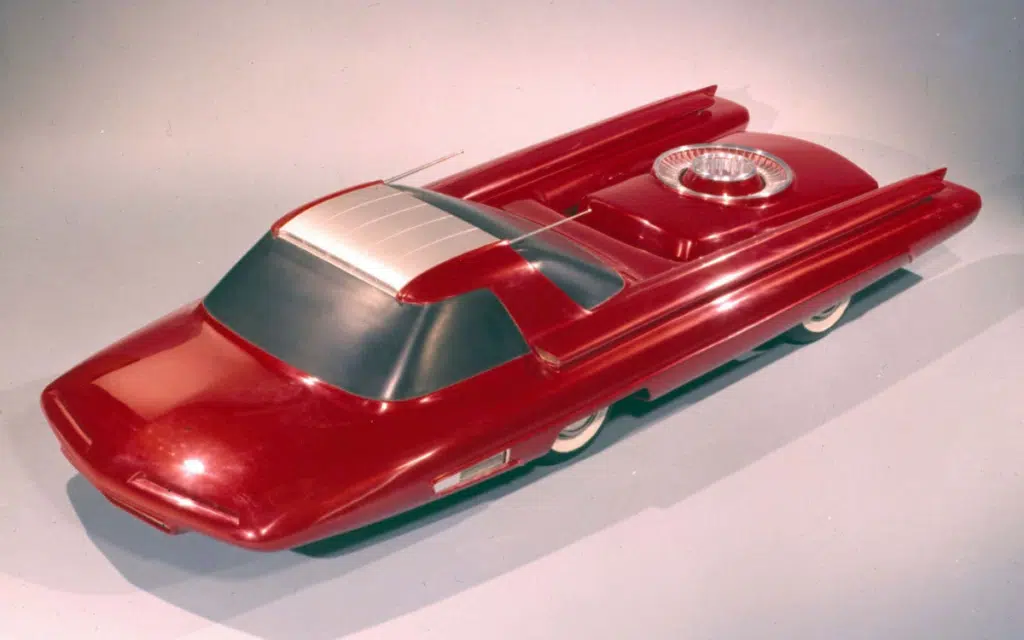
Engineers imagined that with enough advancements in miniaturization, one day nuclear reactors could become small and light enough to fit in a passenger car.
So what’s the theoretical range for this nuclear concept car?
Up to 5,000 miles between fuel stops, which is many times more than any EV on the market right now.
To understand the appeal, it helps to recall how nuclear reactors work: fissile material inside a core produces heat, which is then used to generate steam and drive turbines.
Obviously, fitting something like that into a consumer vehicle posed serious problems.
Reactors require shielding, cooling systems, and containment structures far too large and heavy for road use.
But Ford’s design assumed that those hurdles would eventually be overcome with advanced materials and compact designs, like what would end up in submarines.
Nuclear technology is progressing quickly
Today, the idea of a nuclear car still sounds absurd.
But the miniaturization of fission reactors has progressed considerably.
Small Modular Reactors (SMRs), like the ones being developed by Rolls-Royce, are much smaller than traditional nuclear plants.
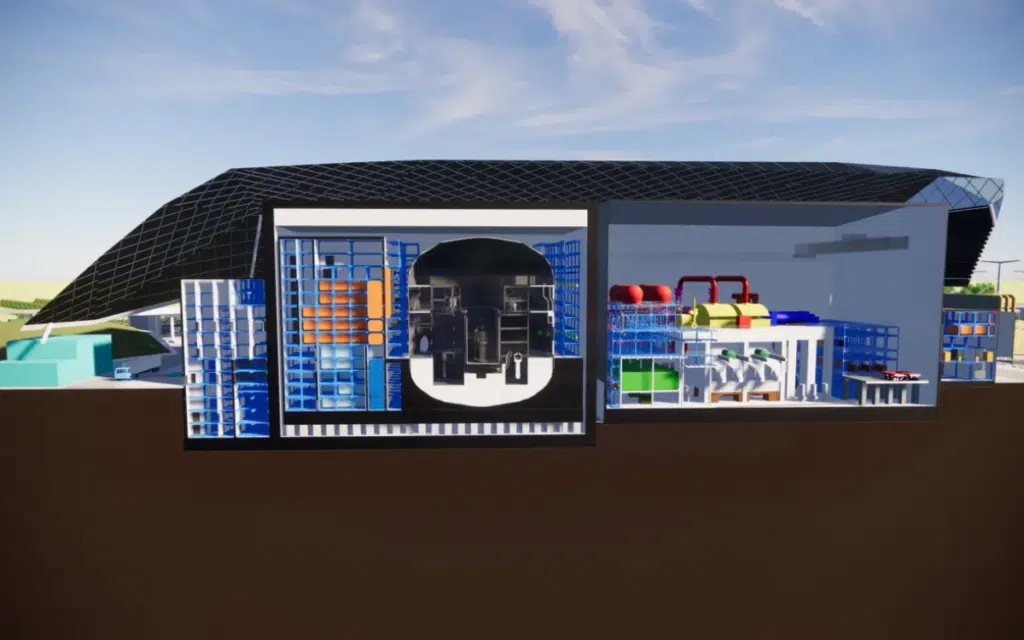
While they’re still far too large for a car, they’re already being considered for off-grid energy and clean power infrastructure.
In hindsight, Ford’s nuclear car idea was both ahead of its time and completely impractical.
Nuclear energy did shrink, but as of now, it hasn’t quite gotten to sedan size just yet.
Rather than driving nuclear cars down the highway, we’ll likely use smaller reactors to charge electric vehicles instead.
Click the star icon next to supercarblondie.com in Google Search to stay ahead of the curve on the latest and greatest supercars, hypercars, and ground-breaking technology.
DISCOVER SBX CARS: The global premium car auction platform powered by Supercar Blondie
Jason Fan is an experienced content creator who graduated from Nanyang Technological University in Singapore with a degree in communications. He then relocated to Australia during a millennial mid-life crisis. A fan of luxury travel and high-performance machines, he politely thanks chatbots just in case the AI apocalypse ever arrives. Jason covers a wide variety of topics, with a special focus on technology, planes and luxury.
